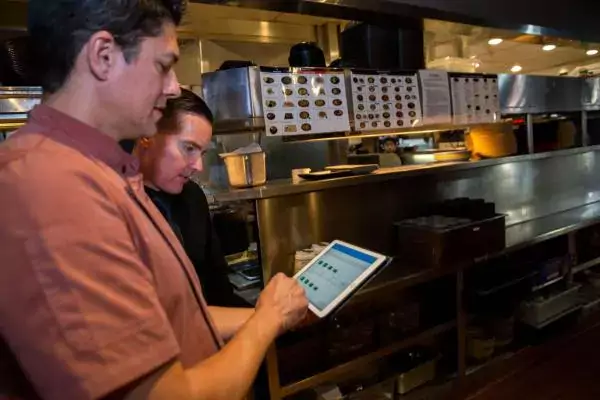I’m going to start suggesting that retailers hang up a mirror in their office, tack a piece of paper above it on the wall and write, “The Reason You Have Stockouts.”
Running out of inventory is an industry-wide problem that some retailers would much rather blame on their vendors and CPG companies. Research shows, however, that retailers are very much at fault.
More than 10 years ago, the Harvard Business Review published the results of a study of more than 600 retail outlets in 29 countries. The study concluded that most retailers -- 72 percent -- were responsible for most stockouts due to faulty in-store ordering and replenishment practices.
More than ten years later, OOS (out-of-stocks) are still a big problem, and not just for small retailers. Last year, Walmart reported it was missing a whopping $3 billion as a result of OOS.
When it comes to stockouts, a former McKinsey Management consultant writes, a business must consider every possible source of financial impact of stockouts, including lost revenues, follow-on business, and goodwill and reputation.
In their defense, some retailers have to operate in a way that more easily leads to stockouts. For instance, their product may be either costly or highly perishable; customers don’t have easy alternatives (for example, specialty products); or the inventory costs a lot to store and maintain relative to the profit it generates. It’s a very fine line.
What Can Be Done to Finally Solve the Stockout Problem?
recently read a 2013 article published in Supply Chain News which cited multiple out-of-stock studies throughout the years, including one of the first from a 1968 article in Progressive Grocer magazine. This problem certainly isn’t new. The author of the article, Dan Gilmore, asks point blank: “Why haven’t we done a better job improving out-of-stocks?”
The question led to a rather insightful discussion among supply chain management and software professionals. The general consensus is that there is a problem in the information supply chain. Retailers are disconnected from manufactures, which slows down the ability to respond to demand changes in the store.
“One of the consequences of supplier and retailer cost "optimization"/reduction, expanding product portfolios and increased channel differentiation is a reduction in the accuracy of inventory placement and timing,” writes Jeff Stites, senior vice president and chief information officer at Diamond Foods. “Each element has increased variability and our ability to mitigate that variability has not kept pace or has been constrained (longer runs due to cost reductions in manufacturing combined with a longer tail of SKUs to produce). Technology can only do so much; supplier and retailers must create a more effective planning ‘environment’ to begin mitigating those elements that are increasing variability.”
Two other participants agreed that the “information supply” is the real cause of out-of-stocks and suggested that a possible resolution is having the retail supply chain implement a system where it checks products that have been bought off shelves and sets a re-order point through an automated process.
In other words, a combination of human and automatic processes relying on real-time data and notifications are key to solving this problem.
“Loss sales due to OOS (out-of-stocks) have been plaguing retailers for quite a while now and if they can make a change in their supply chain, there will definitely be a huge change in profits,” one participant concluded.
Subscribe to our blog
You are now subscribed!


